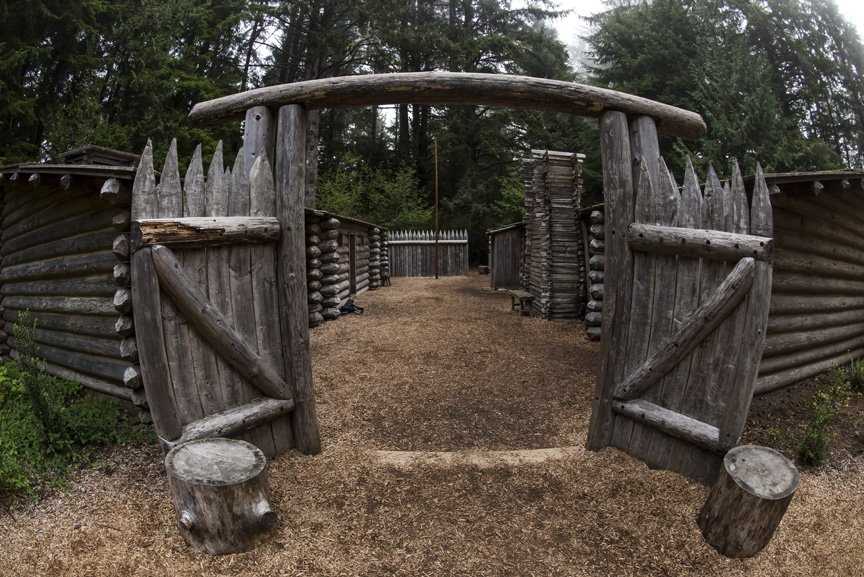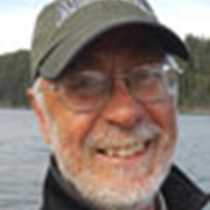At 0630 hours in the foggy dawn the National Geographic Sea Bird approached the Columbia Bar, also known as “the graveyard of the Pacific”. Here the force of the Great River of the West meets the long fetch of Pacific Ocean swells head on, resulting in tumultuous and dangerous seas. The bar is a series of huge sand bars that are moved by the currents. On the bar conditions can change from calm to life threatening in five minutes with changes in wind direction and ocean swell. Alas, because of the fog we could not see the waves breaking white over the bar, so we turn and headed back toward Astoria. But other luck was with us and we saw four humpback whales feeding in the vicinity of a fishing boat. Gulls in great numbers were there too as well as brown pelicans, harbour seals, and California sea lions. They were all after the same prey.
We docked at a working dock at the deep-water port of Astoria just as the Pacific Wind, a fishing boat, came in to unload. Behind us on the dock were the SS Legacy that was following us down the river and the Oregon Responder, a ship ever ready to respond to any kind of toxic spill.
Our first outing was to Fort Clatsop where Lewis & Clark and their Corps of Discovery spent the winter of 1805-06. The visitors’ center here has one of the finest collections of books on the history of Lewis & Clark. A ranger met us and gave us the history of this interesting place. We saw the fort with a fence around and rooms for the leaders, for Charbonneau, Sacagawea, and little Jean Baptiste, and also for the other members of the corps. Then we took a lovely walk in the coastal rainforest with naturalists, Rich and Grace. Rich told us all about the trees and the lichens that grow on them. All too soon it was time to head back to our ship for lunch.
The Lewis & Clark Interpretive Center at Cape Disappointment was our goal for this afternoon. For this we took our motor coaches across the 4.1-mile long Astoria-Megler Bridge across the river to Washington and drove west to the Cape and the Center. Here we were high above the water with a view of the shining sea. We were met outside by a knowledgeable ranger who answered our many questions about the north and south jetties, the Columbia bar, and the wild weather that is experienced here. After a tour of the center we headed for Waikiki Beach. Many of us opted for a walk on a footpath through the forest to get to beautiful Waikiki. The great Sitka spruces towered above us with their lower limbs wearing beards of pale green lichens. Ferns and salal lined the path on either side. At last we reached the beach area and walked down the boardwalk that is a part of the Maya Lin Confluence Project. The boardwalk passes through tall grasses waving in the wind; it is engraved with dates and places that commemorate the journey of Lewis & Clark. Waikiki Beach was beautiful with lots of driftwood and fine sand. A gentle slope allowed the swash of the waves to come far up the beach. We walked out far enough to have a view of Cape Disappointment lighthouse and see some pillow basalt that Grace pointed out.
Back on our now dear National Geographic Sea Bird at the social hour we enjoyed the camaraderie and conversations of adventures shared with friends new and old and watched a slide show of our own photographs. After the Captain’s Farewell dinner we met for one last presentation in the lounge; our very own Road Scholar Historian, Jimmy Mohler, presented, “Ready to Go Home”, the story of Lewis & Clark and the Corps of Discovery’s departure from Fort Clatsop and the Pacific Northwest. Now we too are ready to go home with our wonderful memories.









